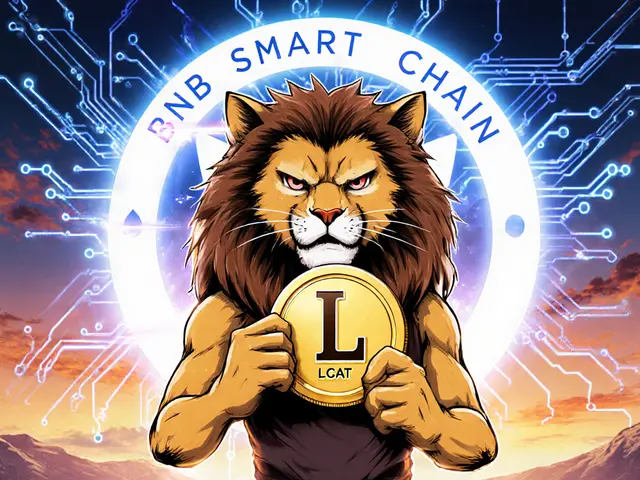Sidechains Explained: How They Power Crypto Scaling and Enable New Use Cases
When you hear sidechains, independent blockchains that connect to a main chain like Ethereum or Bitcoin to handle transactions separately. Also known as child chains, they exist to reduce congestion and cut costs without compromising security. Think of them like parallel highways built next to a crowded city road—same destination, but way smoother traffic. The main chain (or parent chain) handles security and finality, while sidechains take the heavy lifting of daily transactions, smart contracts, or gaming apps off its back.
This setup isn’t just theory—it’s live. Projects like Polygon (formerly Matic) and Arbitrum use sidechain tech to make Ethereum faster and cheaper. You can swap tokens, play games, or trade NFTs on a sidechain without paying $50 in gas fees. And because they’re connected, assets move back and forth between chains using bridges. But here’s the catch: not all bridges are safe. Some have been hacked because they trust too much and verify too little. That’s why sidechains need strong security design—something most new projects skip to launch faster.
Sidechains also let developers build custom rules. Want a blockchain that confirms transactions in 1 second? Or one that only allows verified users? You can code that into your sidechain without asking Ethereum’s permission. That’s why DeFi protocols, gaming platforms, and even enterprise apps are testing them. It’s not about replacing the main chain—it’s about extending it. And as more users join crypto, sidechains become less of a luxury and more of a necessity.
You’ll find posts here about platforms like Wombat that use sidechains to let gamers play 400+ blockchain titles without lag. Others cover how tokenized real estate or meme coins ride on these chains to stay cheap and fast. There are reviews of exchanges like Minter (BSC) that run on sidechain infrastructure, and deep dives into how bridges work—or fail. You’ll also see warnings about scams hiding behind the buzzword ‘sidechain,’ pretending to be faster or more secure than they are. This collection cuts through the noise: it shows you what sidechains actually do, who’s using them right, and where the risks still live.
Sidechains connect to main blockchains via two-way pegs and bridges, enabling fast, low-cost transactions. Learn how they work, where they're secure, and why they're not safe for large transfers.
Read More





